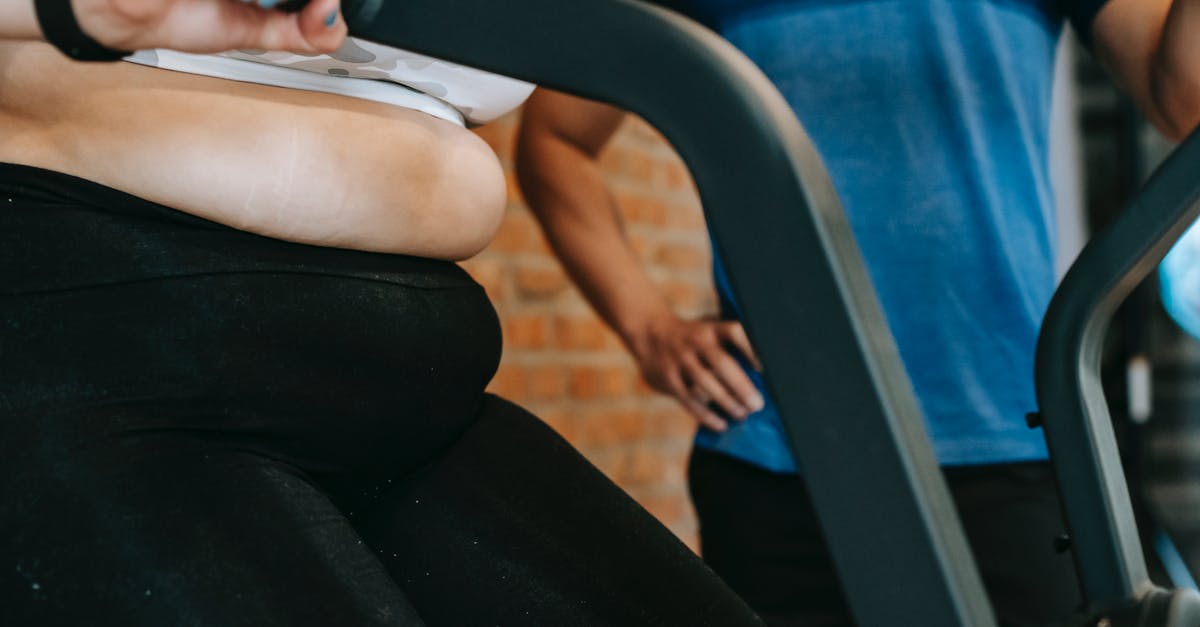What are some pros/cons of restarting a bread machine mid-cycle?

The situation:
I put all ingredients in the bread machine pan as usual (but with a little extra sugar or honey and liquid) and start the cycle. After the first or second kneading cycle, I restart the cycle. Sometimes I'll restart the cycle a second or third time, as well. My thought is that this would produce a more uniform bread texture, and perhaps some sourdough flavor. I add the extra sugar so the yeast will not starve, and the extra liquid so the dough will not dry out. None of the ingredients are by themselves perishable (e.g. milk, eggs), so I'm not particularly concerned about spoilage.
The Question
I'm curious what the effects of extra kneading and rise cycles are on a loaf of bread in the bread machine. What outcomes should this produce, in theory? Are there things I should be aware of if I do this for different kinds of yeast breads (e.g. white vs. whole-wheat)?
I know I could experiment with this a number of times and find out, but I don't have the time to perform this experiment with sufficient control and precision, or to my standards, so I'm appealing to community experience instead.
Best Answer
I'm not familiar with how bread machines even work, so I'm not sure if you mean that you are restarting the cycle and that means that (A) you are just mixing the dough longer, or (B) the dough mixes, then rests, then mixes, then rests, etc. Either way, not a good idea.
For scenario (A), you're overworking your gluten. If you do this, it's just as bad as undermixing. You can find plenty of information on the perils of overmixing.
If it's (B), it's also not a good idea. When bread rests, you should never mechanically mix it again. You only need to 'punch it back' to expel the carbon dioxide. Mechanically mixing at this point will actually break your gluten threads. Also, adding extra yeast or sugar is just a bad idea in general. You are not going to increase any flavour, certainly not going to create a sour. For that, you need to learn how to create, maintain, and use sours / sponges.
I am not speaking flippantly here, but I would suggest reading a proper baking textbook to learn about the theory of breadmaking to enhance your knowledge and understanding of ingredients and their role...
Having said that, I'm sure someone will come along and refute everything I've said - happens here all of the time. I only speak from 20+ years of experience plus baking and pastry papers.
Pictures about "What are some pros/cons of restarting a bread machine mid-cycle?"



Can you restart bread machine?
In order to reset the breadmaker and erase any program set, just remove the mains plug from the wall socket or turn the socket off, (if it is a switched socket), Then wait for more than 15 minutes before plugging back in (or switching it back on).Can you open bread machine while rising?
We don't recommend poking the dough as it rises, and you shouldn't open the top when your machine is in its second rise or baking cycle, but before that, feel free to get familiar with your dough, and how your machine works with it; that's how you'll learn.What can go wrong with a breadmaker?
Common Bread Machine Problems- Crust is too thick:
- Bread collapses during baking:
- Bread does not rise.
- Loaf is short and dense:
- Bread has coarse texture:
- Bread has doughy center.
- Unbrowned top:
- Large mushroom top:
Why bread collapses in the breadmaker?
One of the main causes of bread collapsing in a bread maker is the more water content in the dough. Too much dough will cause the crumb to shrink down upon cooling. If you are making bread in a bread maker, your loaf will quickly get ready. And for a quickly made loaf, you need dry dough instead of wet.Do You Really Need a Bread Machine? | Gear Heads
Sources: Stack Exchange - This article follows the attribution requirements of Stack Exchange and is licensed under CC BY-SA 3.0.
Images: Rachel Claire, Andres Ayrton, Julia Larson, Andrea Piacquadio
